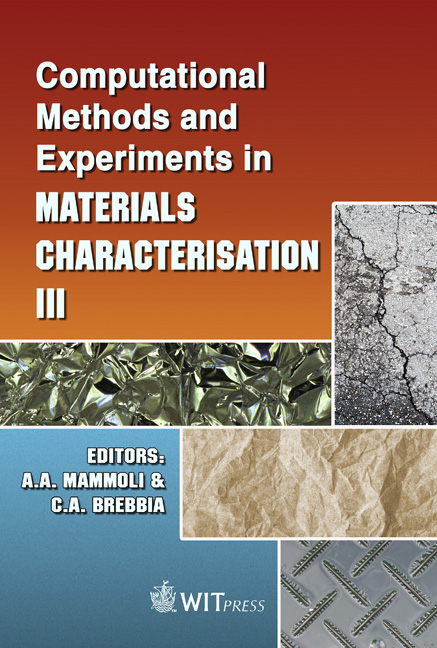Characterization Of Cementitious Materials By Advanced Concurrent Algorithm-based Computer Simulation Systems
Price
Free (open access)
Transaction
Volume
57
Pages
11
Published
2007
Size
1,623 kb
Paper DOI
10.2495/MC070361
Copyright
WIT Press
Author(s)
Z. Q. Guo, M. Stroeven, W. Yang, H. He & P. Stroeven
Abstract
The traditional discrete element computer simulation system in concrete technology is based on random generators referred to as sequential random (particle) addition (SRA) systems. They generate particles that are not spaced according to situations met in the actual material. This paper indicates the technological relevance of upgrading the concurrent algorithm-based discrete element computer simulation system SPACE discrete element facilities into a new discrete element system, HADES, which can encompass arbitrary particle shapes. The generation of particles is described as is the way particulate structure is formed. The technologically relevant fields are briefly indicated requiring exploration by this concurrent algorithm-based system. Such activities will be undertaken on short terms at Delft University of Technology. Keywords: arbitrarily shaped particles, concurrent algorithm-based system, cementitious materials, discrete element, and finite element. 1 Introduction Cementitious materials are of particulate nature on different structural levels. The aggregate is compacted in the fresh concrete into the jammed state. It is a strong and hard material, under such conditions roughly taking up three-quarter by volume of the material body, and constituting a load-bearing skeleton that can provide the normal concretes with high compressive strength. The stability of the skeleton is guaranteed by the cementitious \“glue”, the cement paste. Moreover, the paste’s quality, which is directly influenced by its fineness and by the water to cement ratio, governs the actual composite’s compressive strength level.
Keywords
arbitrarily shaped particles, concurrent algorithm-based system, cementitious materials, discrete element, and finite element.





